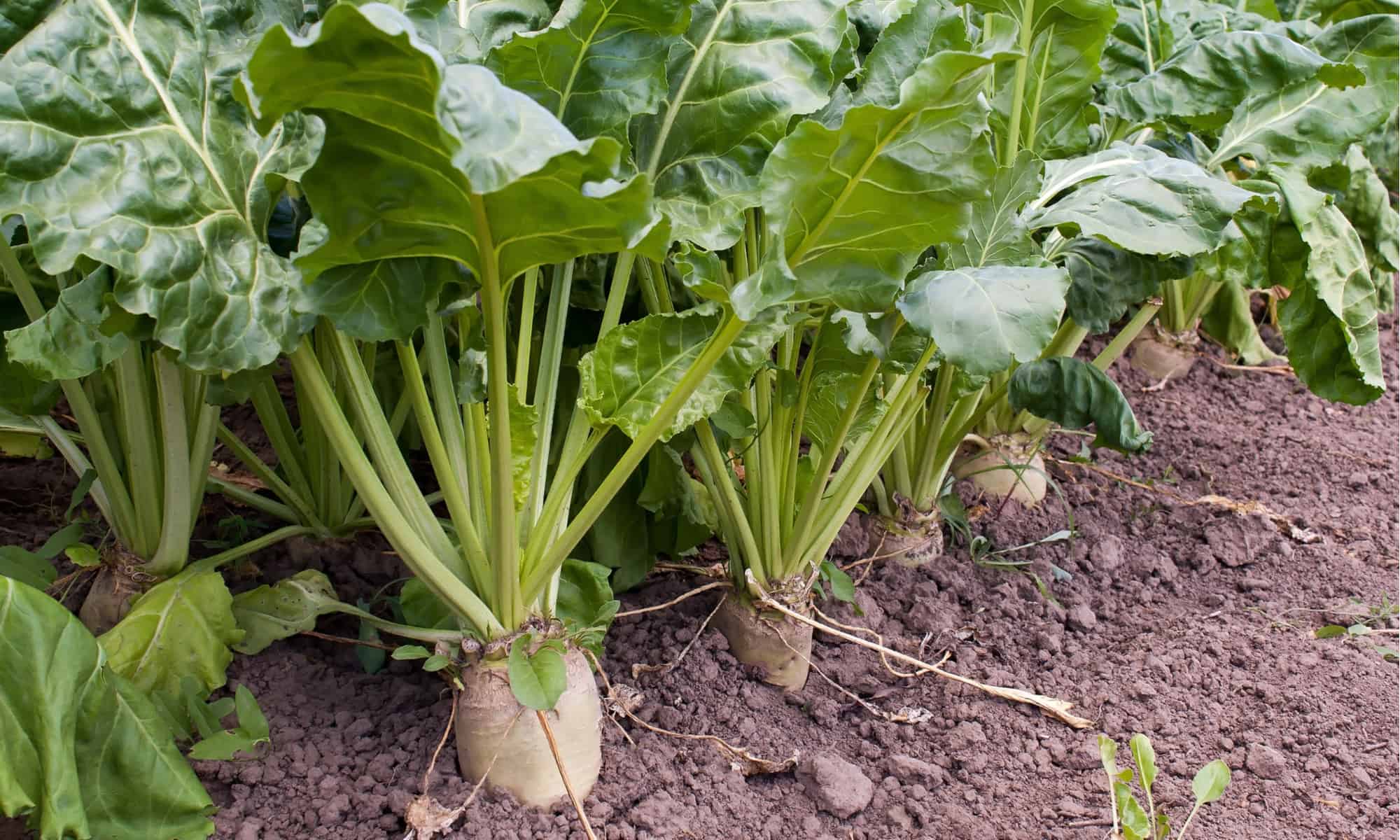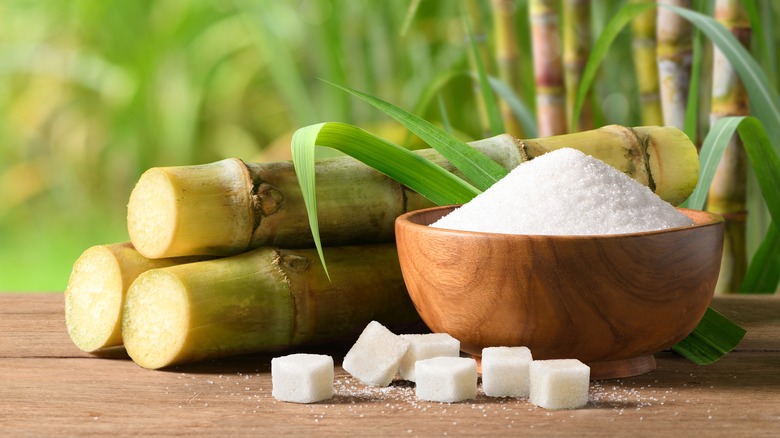When looking at beet sugar vs cane sugar, some argue that one melts better than the other.
Comprehending the Nutritional Conveniences of Beet Sugar Vs Walking Cane Sugar for Health Conscious Customers
When analyzing the nutritional ramifications of beet sugar versus cane sugar, health-conscious customers discover that both ranges mainly consist of sucrose and offer similar calorie values, each contributing around 16 calories per teaspoon. Despite this similarity, neither type gives considerable health and wellness advantages, as they are devoid of vital nutrients. Checking out the more comprehensive impacts, consisting of environmental considerations and long-lasting wellness results of sugar usage, might light up extra nuanced distinctions between these 2 sugars.
Nutritional Account and Caloric Value of Beetroot Sugar and Walking Cane Sugar
Although both beetroot sugar and walking cane sugar are mostly made up of sucrose, their dietary accounts and calorie worths are extremely similar. There are trace distinctions in the contaminations that continue to be after processing, which can slightly influence the taste and shade of the sugars, yet these are negligible in terms of wellness effect. For consumers focusing on nutritional influence, the choice between beet and cane sugar is a lot more regarding individual choice or possible ecological problems instead than nutritional differences.
Ecological Influence and Sustainability of Sugar Production
While the nutritional differences in between beetroot sugar and cane sugar are marginal, their production procedures provide even more considerable differences, particularly in regards to environmental influence and sustainability. Walking stick sugar production frequently involves substantial land usage and logging, which adds to environment destruction and biodiversity loss. This agriculture is additionally associated with high water intake and water air pollution due to the runoff of pesticides and plant foods. In contrast, beetroot sugar manufacturing commonly calls for less land and can be grown in more warm environments, which might decrease the demand for irrigation and the involved water source depletion.
Nonetheless, beetroot cultivation is not without its environmental challenges; it involves substantial energy inputs, specifically in the north environments where it is grown, as a result of the need for longer heating durations in sugar processing. Both sugar beet and sugar walking cane markets are checking out more lasting techniques, consisting of plant turning, organic farming, and improved waste monitoring techniques to mitigate these impacts.
Health Impacts and Recommendations for Sugar Intake
Despite their marginal nutritional distinctions, both beetroot sugar and walking cane sugar can have harmful health and wellness effects when click to find out more eaten over. High intake of either kind of sugar adds to a range of health issues, consisting of obesity, kind 2 diabetes, and cardiovascular disease. Both sugars are pure sucrose and deal no necessary nutrients apart from calories, causing quick spikes in blood sugar degrees upon intake.


Final Thought
